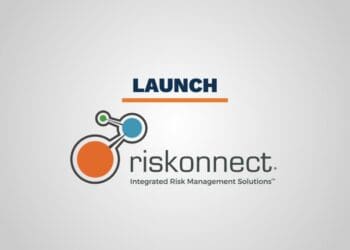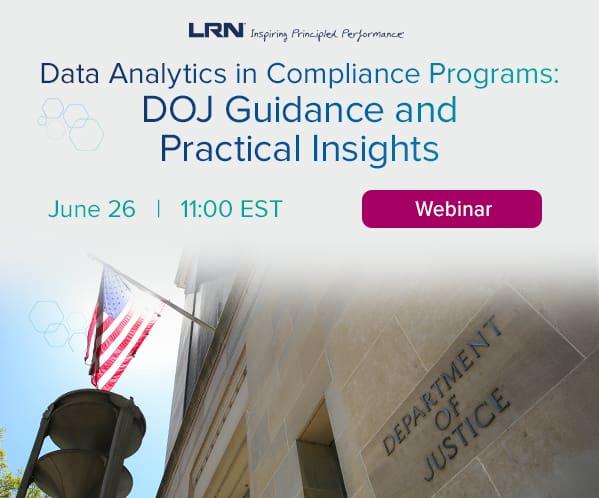A myriad of articles have been written about ‘Big Data’ – the exabytes of electronic information that is created daily, along with the rush of ever-changing technology. This proliferation of electronically stored information (ESI) has caused a radical shift in information governance strategies that address how data is processed, categorized and stored. Less newsworthy, but just as important, is Big Data’s older cousin legacy data.
Organizations of all shapes and sizes play inadvertent host to servers clogged with swathes of inactive data. Those virtual reams of untouched and often ignored ESI cause headaches for even the best intentioned information management strategies. There are many risks and downsides to holding on to this data, yet rounding it up for regulation can be challenging.
What is Legacy Data? According to the Sedona Conference glossary, legacy data is defined as “ESI which can only be accessed via software and/or hardware that has become obsolete or replaced.” This data is often unclassified and uncontrolled. Another definition refers to ESI which is “stored in physical or electronic format and is not currently understood, used or managed.” This latter definition gets to the crux of the problem – without strong information governance policies in place, this unused (and sometimes unusable) data will flourish in corporate IT systems. However, per the Sedona guidelines, “information should be retained as long as it has business-related value to an organization, or is required by law or regulation to be retained.” In other words, if you don’t need it, get rid of it!
In the era of Big Data, with the costs of storage decreasing, and volume of ESI increasing, an outside observer might ask why fix what is not broken. If storage is cheap, why bother fiddling with the legacy data at all? While on the surface this sounds reasonable, this argument minimizes the significant disadvantages that come with keeping ESI that has no organizational value. Primary amongst the potential negative consequences is that companies are responsible (i.e. liable) for all data stored on their systems.
A good information governance strategy helps companies to reduce this liability while increasing compliance; however, there is often a roadblock when it comes to implementing policy on older systems. Often these strategies are made to address data going forward, but the legacy systems are ignored or relegated to an afterthought. This is a big mistake as grandfathered data carries just as much of a liability burden as an email sent yesterday when seen in terms of eDiscovery, compliance or governmental regulations. If older ESI is ignored and remains unregulated, it falls outside of corporate policy and becomes challenging to search, move and manage. This, in turn, ends up counteracting the goals of information governance, costing the organization time, money and potential litigation.
But the risks are also apparent when looking at legacy systems which are in active use. Let’s say you have mission-critical applications running on a timeworn hardware or software that is no longer supported, or whose original developers are long since out of business. Where do you find parts if something goes wrong? Who will help you troubleshoot if the programs or machines stop working? How do you access your information when key personnel leave your organization?
Even without these risks, there is added expense in both cost and productivity with maintaining legacy systems. Short-term savings achieved by delaying much-needed upgrades mask the additional costs that will accompany the migration’s older data off of complex, antiquated systems. Personnel who support many older machines are few and far between – and they charge a premium for their services. In addition, there are the hidden costs due to loss of productivity. Legacy systems don’t have nearly the advantages in bandwidth, speed, flexibility, communication and interoperability that are inherent to more modern solutions.
Cost aside, legacy systems are often difficult to access and assess, which makes them even more challenging to administer. We’ve talked often about how important a sound information governance program is to a well-run company yet, legacy data is one of the most troublesome areas for many organizations. It is difficult to analyze, map and identify the data contained in older systems. It is also difficult to apply retention policies or keep them patched against malware or viruses. As new systems come on line, these older systems become even more obsolete, further compounding the difficulties in regulating them.
Concerned stakeholders have a number of choices in dealing with legacy systems. The first, and most hazardous, is to ignore the problem, punting the potential liability down the pike. Another option is to maintain the older systems while selectively upgrading them and bringing them into compliance. The best option, however, is to be proactive in regulating legacy data.
As noted in the Sedona Commentary on Inactive Information Stores, any proactive solution will need to look backwards to clean up historical data and forwards to head off the creation of more inactive data. Here are some suggestions to help with the process:
- Craft an effective information governance strategy to manage any new data from inception to elimination so the problem does not repeat itself. Communicate the goals to all stakeholders.
- Identify and analyze the legacy systems. This can be challenging with older tools, but the more information you can gather about the size and complexity of the problem, the easier it will be to solve.
- Preserve what information is needed and don’t forget any legal hold obligations therein. Make sure you migrate any critical data to more usable formats and update systems as appropriate.
- Eliminate the remainder of the legacy data in plan that is both well-thought-out and well-communicated.
- Make sure your current data is in no danger of becoming legacy data. Audit your policies to verify that they are being followed to eliminate unneeded information from your systems. This also helps to make sure that the fast-paced changes of the technology world are not leaving any of your data behind.
Beginning with these steps, you can work towards getting control of your legacy data and successfully implement a strong and effective information governance strategy.



 Marta Farensbach oversees the development and growth of Sherpa Software's eDiscovery products for the Microsoft environment and is responsible for ensuring customer satisfaction with Discovery Attender and supporting utilities. Since joining Sherpa in 2003, she has done extensive research on Electronic Discovery while expanding her expertise in compliance and content-searching.
Marta Farensbach oversees the development and growth of Sherpa Software's eDiscovery products for the Microsoft environment and is responsible for ensuring customer satisfaction with Discovery Attender and supporting utilities. Since joining Sherpa in 2003, she has done extensive research on Electronic Discovery while expanding her expertise in compliance and content-searching. 








